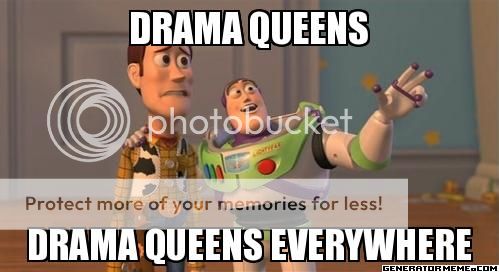Until this week, the public case against the Syrian government was based on trust in American, British and French assessments that were based largely on logic and conjecture but provided little detail about where information had come from. But the U.N. report, released Monday in New York, was filled with details gathered by inspectors from the Organization for the Prohibition of Chemical Weapons and was written with care so as to provide evidence without taking sides.
Specialists, however, said the report provided undeniable evidence that the rockets were launched from points outside the control of Syrian rebel fighters. If the U.N. inspectors correctly calculated the trajectories, it certainly seems to indicate that the chemically armed rockets were fired from government-controlled land, said Peter Bouckaert, Human Rights Watch emergencies director and weapons expert. Its clear and convincing evidence.
A map of Damascus shows suburbs where United Nations determined chemical weapons were used, a drawing and description of weapons found and a chart showing symptoms suffered by survivors.
The key to that conclusion lies in the investigators determinations of the azimuths for the rockets they inspected. An azimuth is a way of indicating direction on a circle from any point. North is considered 0 degrees, south is 180 degrees. East is 90 degrees, west is 270 degrees. Variations of directions such as southeast or northwest are indicated by where they fall on the numbered circle. The first attack that night was on the suburban enclave of Moadamiya, which is south of Damascus center. When studying the wreckage of two rockets and the craters they made, the inspection team determined that theyd come in at 34- and 35-degree azimuths, meaning theyd traveled from north-northeast to the south-southwest.
The second attack, about an hour or so later, left behind a crater and the ruins of a rocket in Zamalka, due east of Damascus. That rocket flew in at an azimuth of 285 degrees, meaning it had been traveling from west-northwest toward the east-southeast. Lines drawn along those azimuths, taking into consideration the known maximum range of the rockets that hit Moadamiya and the estimated range of the rocket that hit Zamalka, intersect at the base of the 104th Brigade of Syrias Republican Guard, on a hill overlooking central Damascus. The base is adjacent to the Syrian Scientific Studies and Research Center, which is suspected of being the root of Syrias chemical weapons program; the base itself is said to be home to Syrias chemical warriors.
MORE

